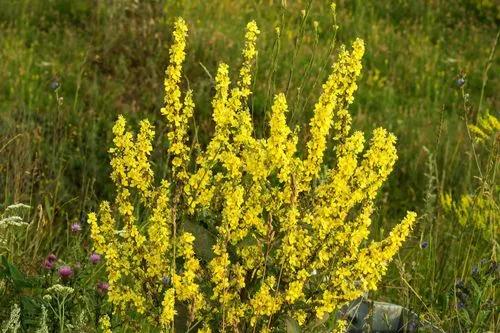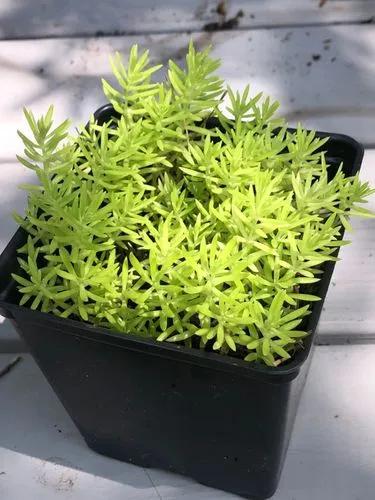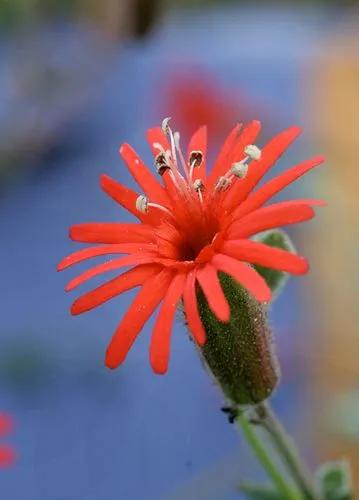Lupinus luteus is a annual growing to 0.6 m (2ft) by 0.3 m (1ft in). It is hardy to zone (UK) 6. It is in flower from June to July, and the seeds ripen from August to September. The species is hermaphrodite (has both male and female organs) and is pollinated by Bees. It can fix Nitrogen. Suitable for: light (sandy) and medium (loamy) soils and can grow in nutritionally poor soil. Suitable pH: acid and neutral soils and can grow in very acid soils. It cannot grow in the shade. It prefers moist soil.
Annual Yellow-Lupin Care
Lupinus luteus



It occurs on mild sandy and volcanic soils in mining belts. As a wild plant, it is widespread over the coastal area in the western part of the Iberian Peninsula, Morocco, Tunisia, and Algeria, on the islands of Corsica, Sardinia and Sicily and in Southern Italy. It is most likely that in Israel and Lebanon it has turned wild. Cultivated in Northern Europe and the CIS (Belarus and Ukraine) as well as, on a smaller scale, in Western Australia and South Africa. Having previously been cultivated in southern France and on Madeira, it has turned wild there. Using combinations of such characters as the colour of the corolla, the carina's edge, vegetative organs and seeds, 18 varieties, 4 subvarieties and 6 forms have been identified.[4] The plant's yellow seeds, known as lupin beans, were once a common food of the Mediterranean basin and Latin America. Today they are primarily eaten as a pickled snack food.
This plant is useful.
How to Care for the Plant

Popularity

54 people already have this plant 16 people have added this plant to their wishlists
Discover more plants with the list below
Popular articles






